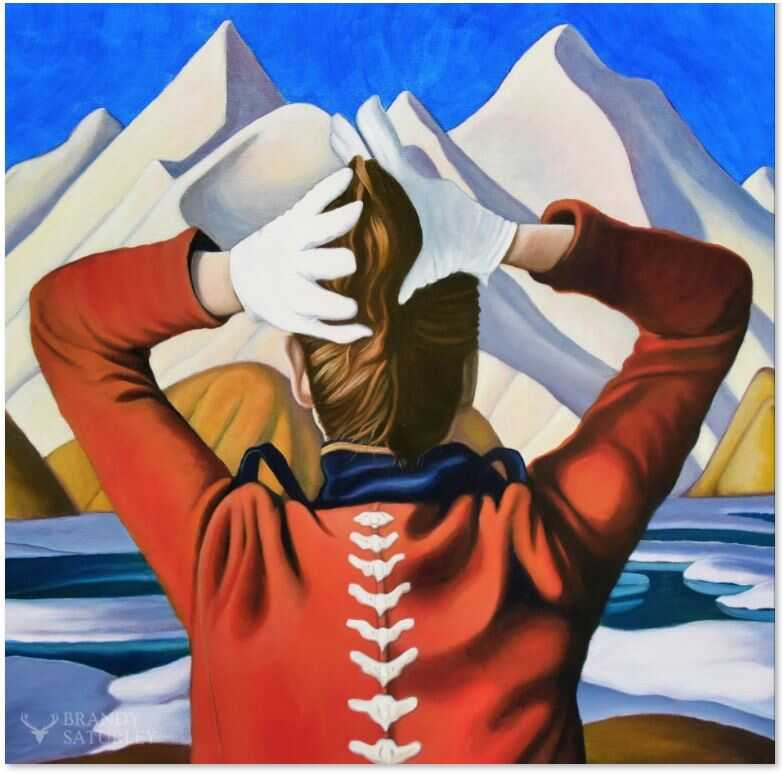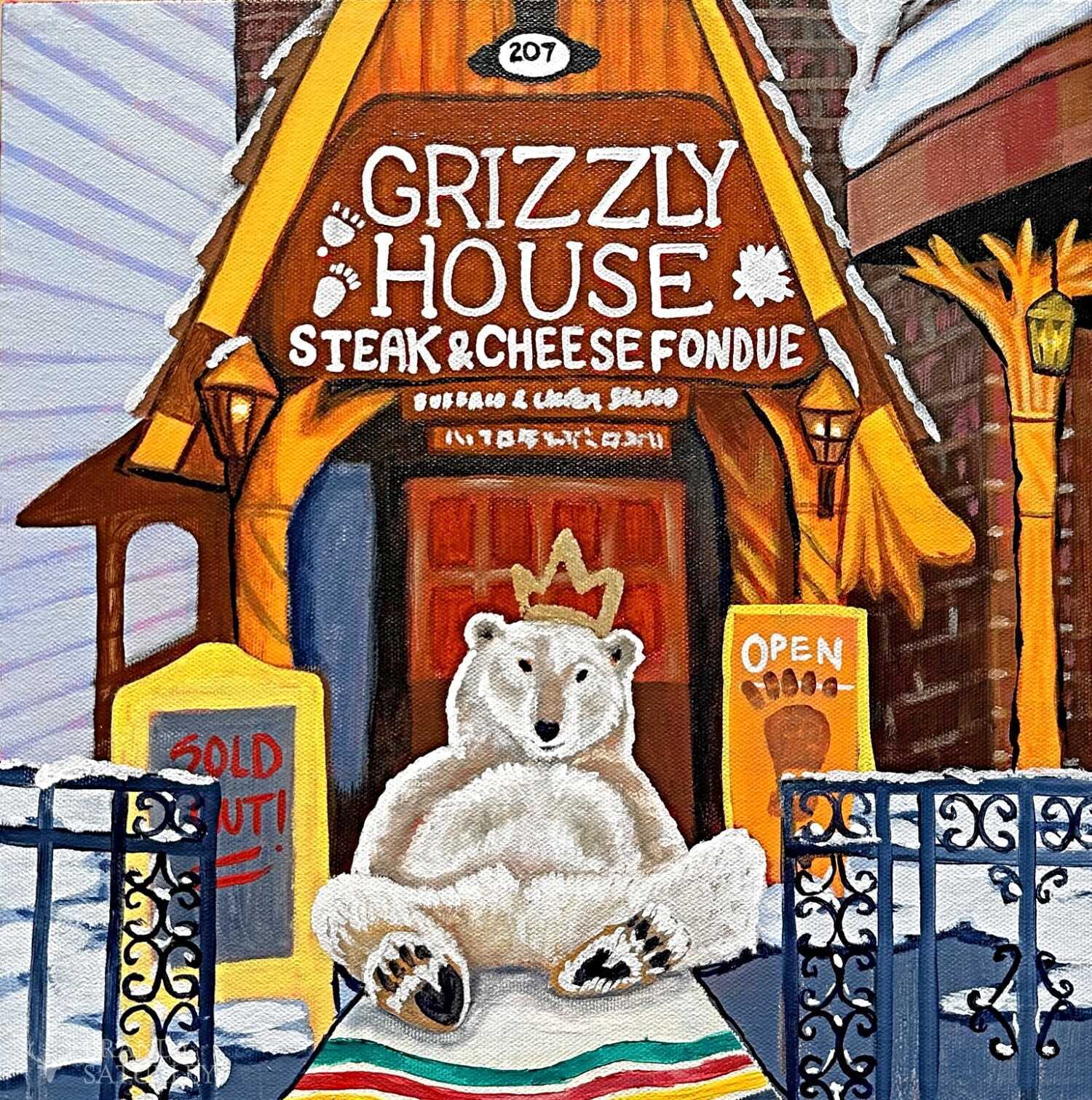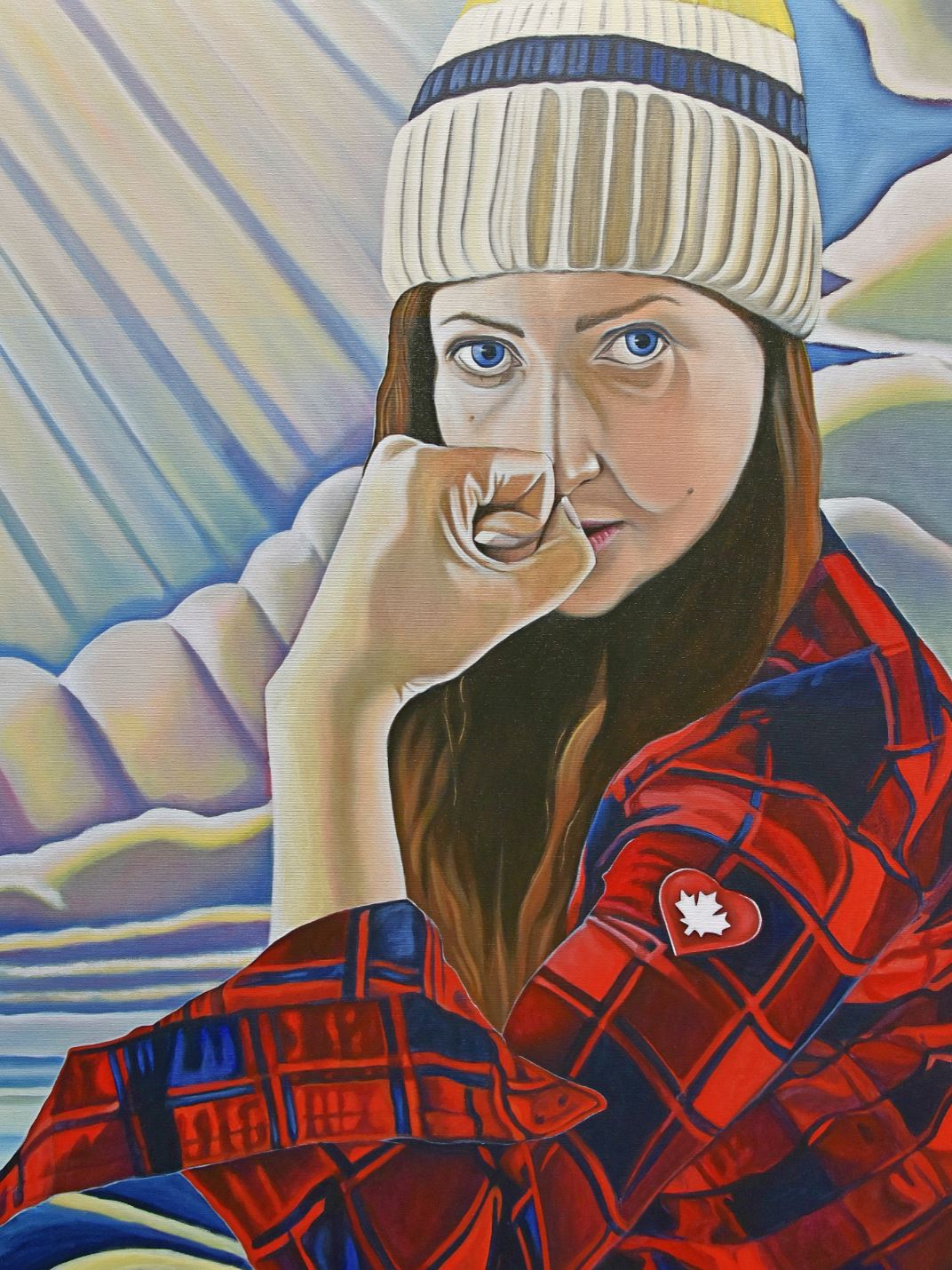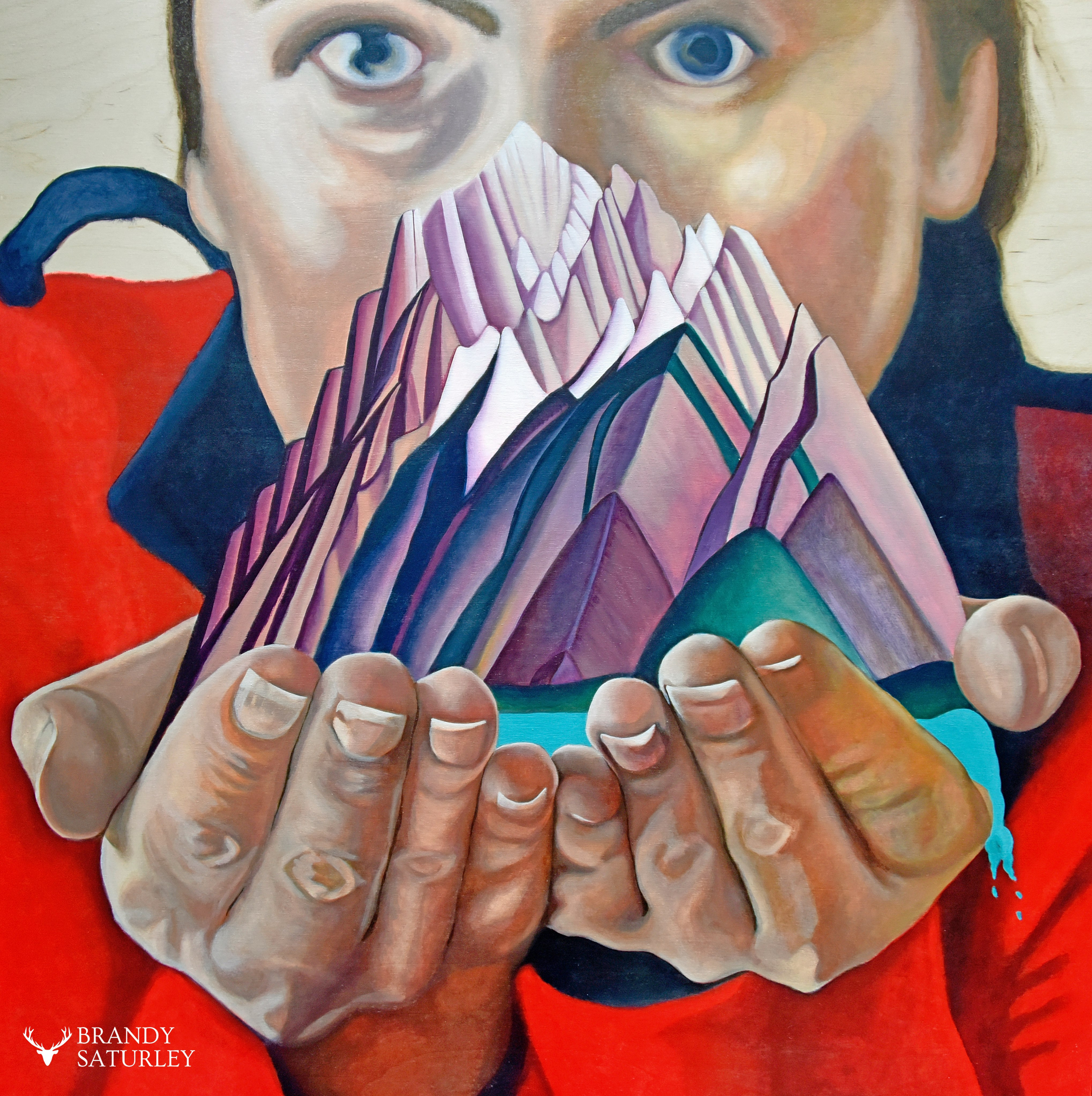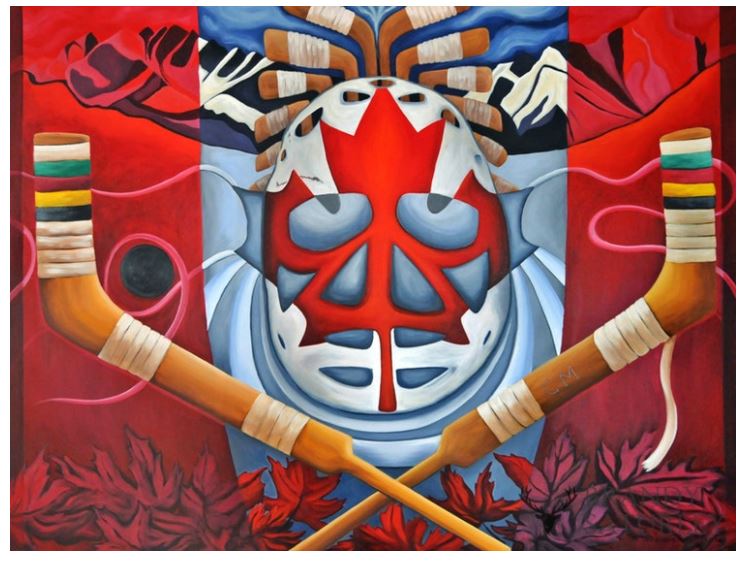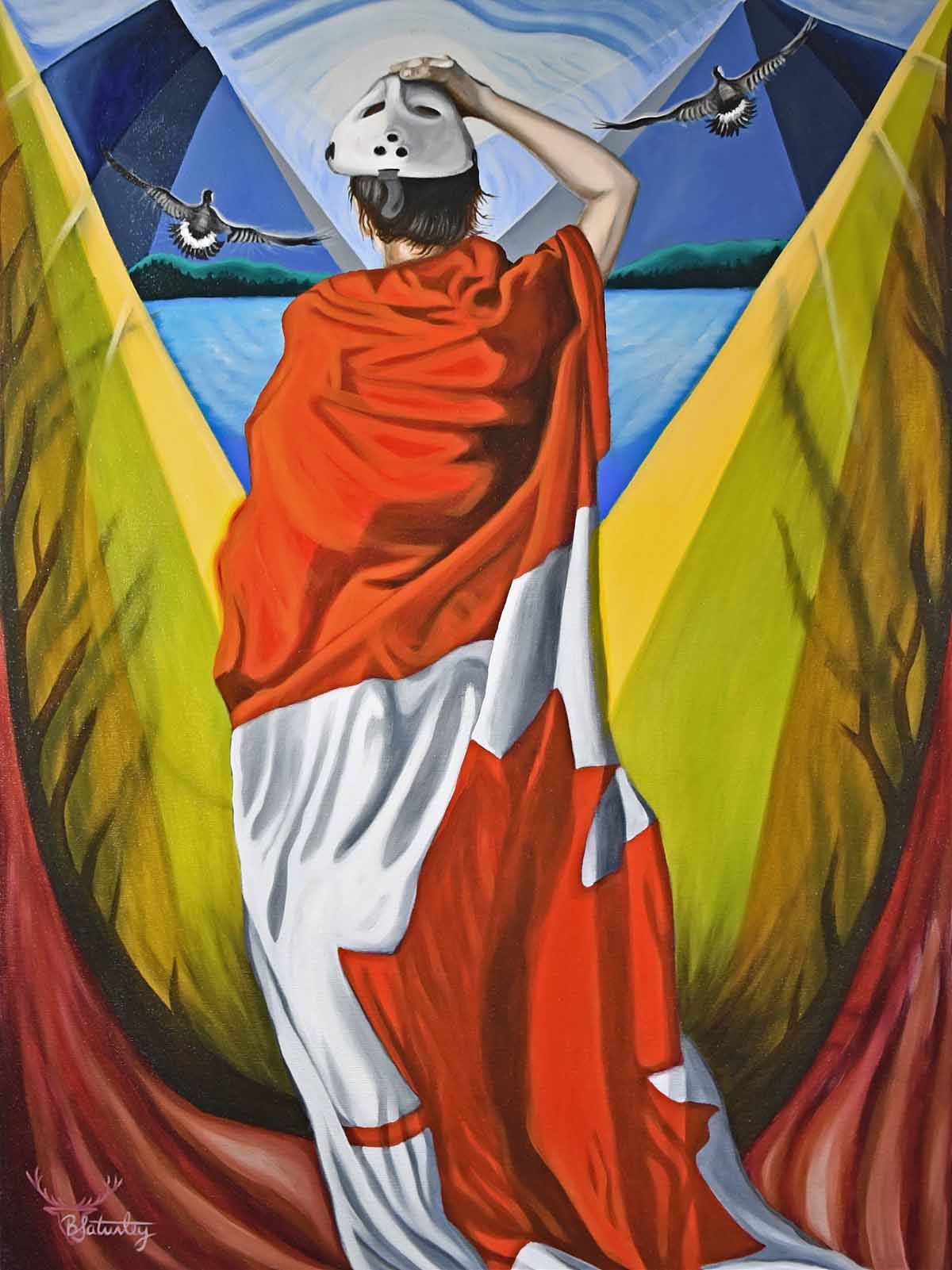Talking Historical Canadian Art – The Multiverse of Art
I had a conversation with an art dealer the other day, it was about contemporary Canadian Art versus Historical Canadian Art. Myself being a Canadian artist, and a contemporary Canadian Artist at that, I have a unique perspective, particularly in today’s world, about the importance and significance of contemporary Canadian Art. I also believe we are in a period of revolution in The Arts, perhaps we are entering the Multiverse of Art period?
Can contemporary art also be considered historical?
Yes, contemporary art can indeed be considered historical. While contemporary art refers to art created in the present time or within recent decades, it eventually becomes a part of history as time passes. Art reflects the social, cultural, and political contexts in which it was created, and as such, it serves as a historical record of the era in which it was produced. Furthermore, contemporary art often responds to and engages with historical events, ideologies, and artistic movements. Artists may draw inspiration from past historical periods, reinterpret them in contemporary contexts, or directly address historical narratives and themes in their work. As contemporary art ages, it becomes increasingly significant as a reflection of the time in which it was made, offering insights into the concerns, values, and perspectives of that period. Therefore, contemporary art not only contributes to our understanding of the present but also becomes an essential part of the historical record for future generations.
Could this be considered the multiverse of art?
The idea of contemporary art as a “multiverse” is an interesting metaphorical concept. In a way, the term “multiverse” suggests the coexistence of multiple parallel universes or realities. Similarly, in the realm of art, contemporary art encompasses a diverse range of styles, movements, and perspectives, all existing simultaneously.
Just as in a multiverse, where each universe may have its own set of rules and characteristics, contemporary art reflects a multitude of artistic expressions, influenced by various cultural, social, and individual factors. These diverse artistic realities intersect and interact, creating a complex and dynamic landscape of creative exploration. Like the concept of branching timelines in a multiverse, contemporary art often diverges from traditional norms and conventions, offering alternative narratives, perspectives, and approaches to artistic expression. This multiplicity allows for the exploration of different ideas, identities, and experiences within the artistic realm.
So, while contemporary art may not adhere to a singular, unified narrative or style, its richness and diversity can indeed be likened to a multiverse, where myriad artistic possibilities coexist and intersect, shaping the ever-evolving landscape of art history.
What can contemporary artists bring to your exhibit or gallery?
Contemporary artists can bring a fresh perspective, innovative interpretations, and provocative dialogues to a historical exhibit. Here are some ways in which they can enrich such an exhibition:
Reinterpretation of History: Contemporary artists can reinterpret historical events, figures, and narratives through their unique lens. Their perspectives may challenge conventional interpretations and offer new insights into familiar historical themes.
Engagement with Current Issues: Many contemporary artists engage with pressing social, political, and cultural issues. By addressing these concerns within a historical context, they can highlight the relevance and continuity of certain themes throughout history.
Dialogue with Tradition: Contemporary artists often engage in dialogues with art history and tradition. They may reference, critique, or reinterpret works from the past, creating a dynamic interplay between historical and contemporary artistic practices.
Exploration of Identity and Memory: Contemporary artists frequently explore themes of identity, memory, and heritage. Their works can shed light on marginalized histories, amplify diverse voices, and challenge dominant narratives within historical exhibitions.
Experimentation with Mediums and Technologies: Contemporary art embraces a wide range of mediums and technologies, from traditional painting and sculpture to digital art and multimedia installations. Integrating these innovative approaches into historical exhibits can enhance audience engagement and offer new ways of experiencing history.
Reflection on Time and Continuity: Through their artwork, contemporary artists often reflect on the passage of time and the continuity of human experiences across different historical periods. Their contributions can add layers of complexity and nuance to our understanding of history as a living, evolving narrative.
By inviting contemporary artists to participate in historical exhibits, curators can create dynamic and multifaceted experiences that bridge the past and present, encouraging viewers to reconsider familiar narratives and explore new perspectives on history.
So, Can contemporary art also be considered historical? the short answer is YES.

